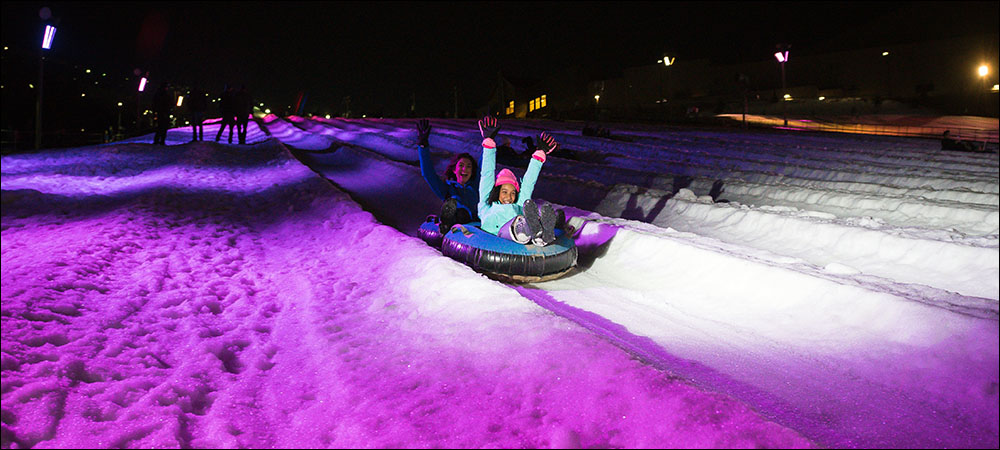Camelback Resort, located in Pennsylvania’s Pocono Mountains, reopened for 2021–’22 season skiers and snowboarders with technology intended to make their visit easier by enabling prepayments for activities and rentals, as well as shorter queues and handsfree lift access. The resort leverages UHF RFID technology to uniquely identify individuals so they can more easily access the services they have pre-purchased.
The system is intended to enable faster service for its guests, and also to allow social distancing and accommodate labor shortages. After purchasing a plastic card with a built-in RFID inlay, guests can then customize their visit before arriving and pre-paying for any slope activities or rentals. Once they arrive, the RFID tags are interrogated by readers deployed throughout the resort. In that way, individuals can go about their activities without visiting a ticket window or standing in long queues.
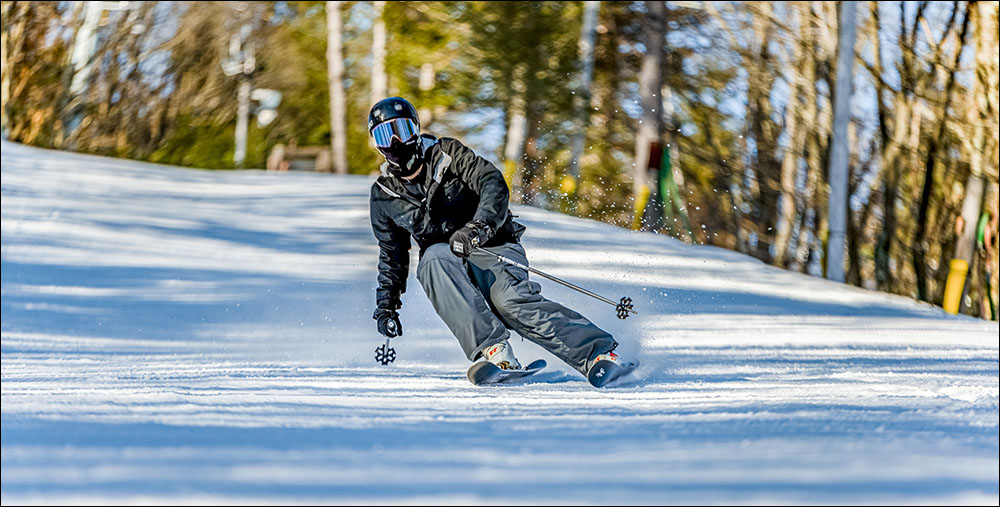
Camelback Resort offers 166 skiable acres for ticket-holding guests, encompassing 39 trails, 44 tubing lanes, nine lifts and five ski carpets. The resort includes a 120,000-square-foot indoor water park and hotel. Like most ski resorts, Camelback had traditionally provided skiers with paper lift tickets and wickets (tag holders) to be worn on guests’ jackets, which were picked up at a ticket window. Such tickets have now been replaced with RFID-enabled cards or tickets, which are worn somewhere on each guest’s clothing or in pockets near their chest or knees. They no longer need to be visible and do not need to be presented to workers or scanned with a barcode scanner.
With the RFID-enabled passes, the resort “wanted to allow our guests to use automated kiosks and gain direct lift access, as well as have the ability to reload their passes,” says Tim Bayer, Camelback Resort’s VP of facilities, without needing to stop at a ticket window. “This [automated] process greatly limits wait times” for the resort, he explains, while reducing the need for ticket windows. Additionally, he says, users can reload their tickets online and proceed straight to the lift upon arriving at the mountain. The goal is to enable guests to enjoy themselves more quickly, and to make it easier to practice social distancing by reducing crowding at such areas as ticket windows and lift gates.
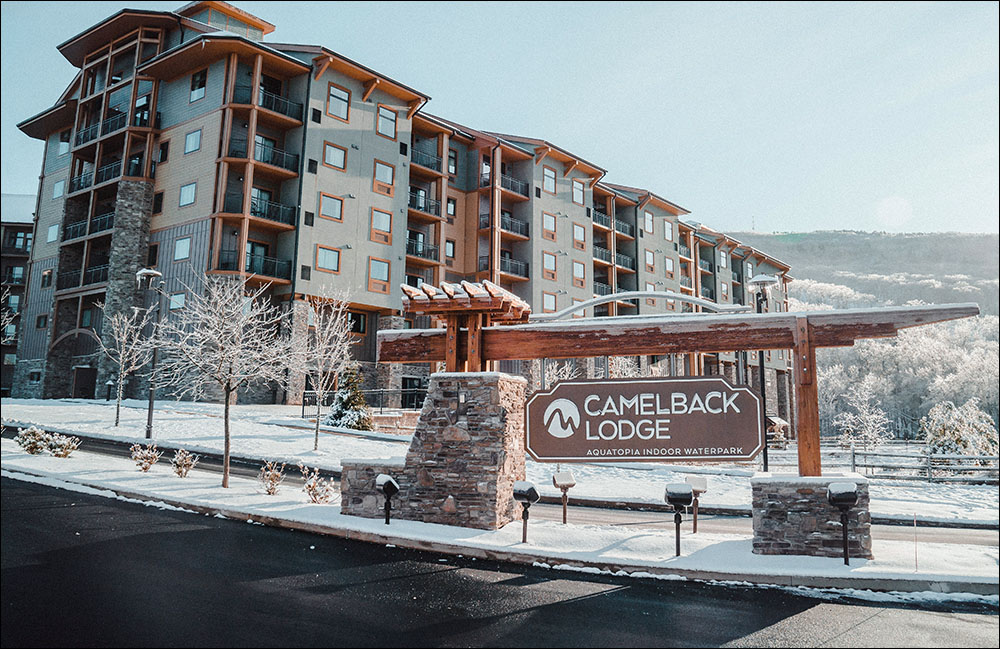
Users must purchase an RFID card, which can be done onsite at a kiosk, or online and then picked up at the kiosk. The unique ID number encoded on the card’s tag is linked to data about that guest and their payment information. Each member of a family would purchase their own RFID card. The card is designed to be reused and reloaded for activities throughout the season, and once individuals have one, they can reload it online before returning to the resort. This eliminates the need for guests to stand in line upon arrival. Ticketing onsite is monitored with cameras and tablets throughout the facility to ensure fraudulent tickets are not used at lifts or in other areas of the resort.
While planning their next visit online, skiers can select a type of adventure to be reloaded onto their card. That data is then stored in the back-end software, and guests are charged using the account information they have provided. The RFID card can hold tickets for activities such as snow tubing, as well as lift tickets for skiing or snowboarding, and it can enable rental transactions. Users can select a product they want to rent, such as skis, and choose the date on which they will visit. The equipment will then be available for them at that time, so they can simply use their RFID card to confirm the rental item has been prepaid.
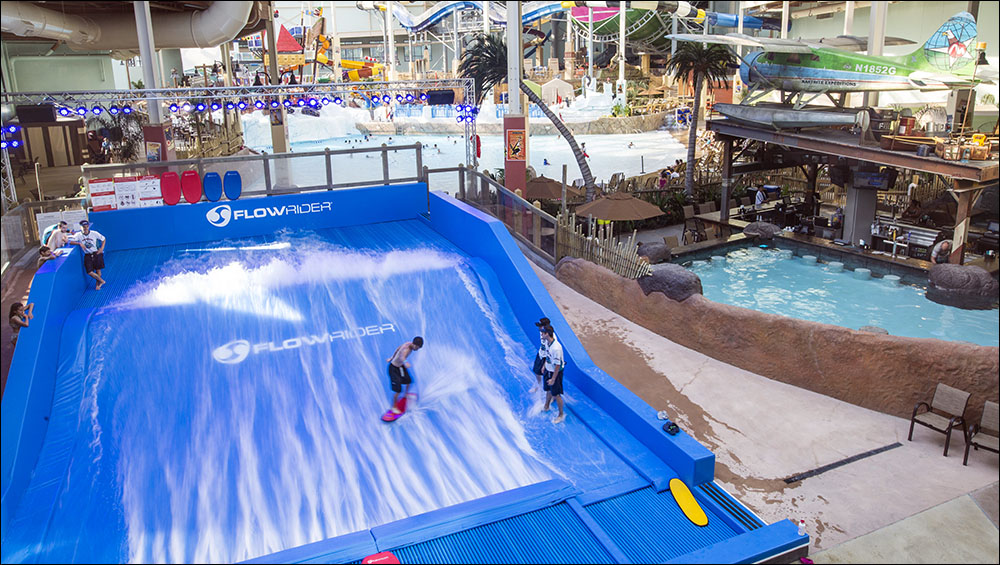
Guests can purchase unique versions of the passes, such as a senior pass for those more than 70 years of age, military tickets for service members, and season passes allowing unlimited access to slopes and trails, free snow tubing on select days, free parking, and lodging and dining discounts. The resort has installed a total of 38 Axess AX500 Smart Controller UHF RFID readers, located through the facility to interrogate tags at lifts and restricted areas. Visitors do not need to stop and scan their card or hold it near a reader. Instead, the system captures the tag ID of every individual, confirms they are authorized to enter and automatically opens the gate.
If an RFID card is lost or stolen, users can notify management, who can deactivate it and replace it with a new one. The technology not only provides convenience for guests, the resort indicates, but also ensures everyone who visits can be served quickly at a time when labor shortages have created slowdowns at some businesses. “In the current labor market,” Bayer says, it’s been helpful as we struggle with not always having enough staff for our ticket windows.”
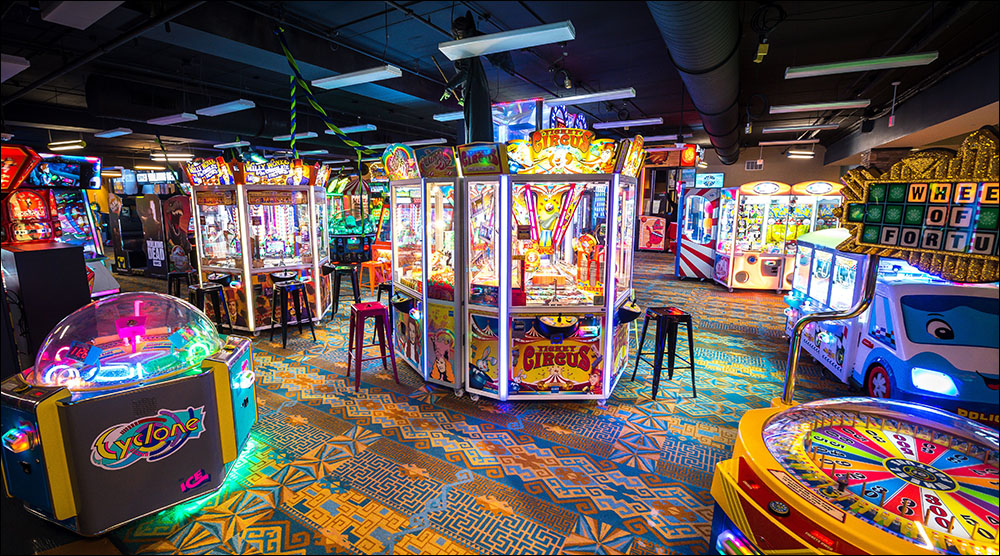
In addition, Bayer notes, the system gives management the ability to monitor and collect data regarding slope and lift usage, which provides historical data that can help Camelback Resort target the right kinds of passes for individuals in the future, as well as focus their development plans. Deploying the technology was relatively straightforward, he says, though there were some initial challenges around integrating the RFID system into liftgates as the season began. Such issues, he reports, have since been addressed.
Images courtesy of Camelback Resort.

